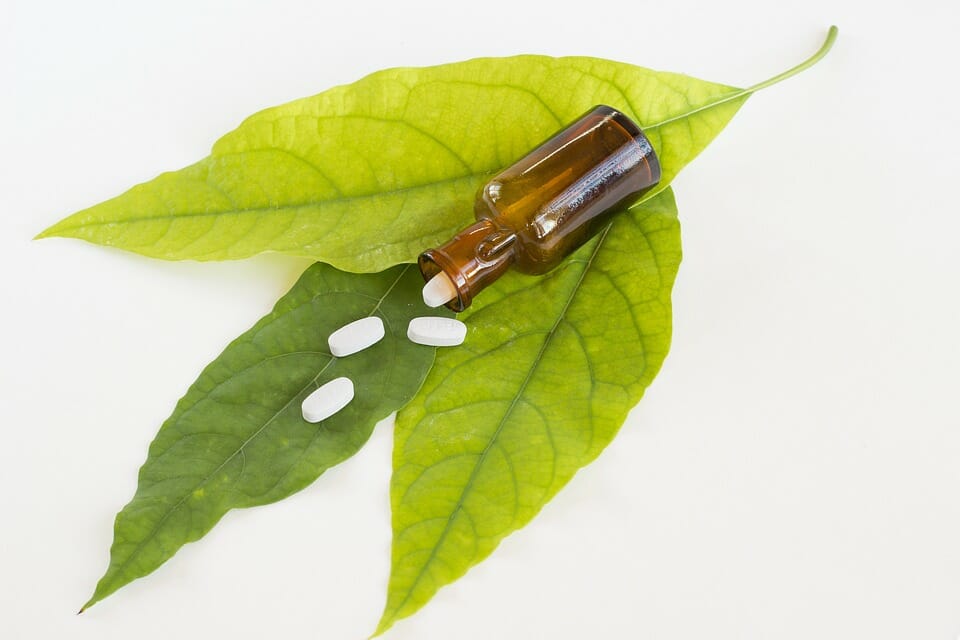Kratom, a tropical evergreen tree native to Southeast Asia, has gained popularity in recent years as a potential treatment for many conditions, including anxiety, depression, and chronic pain. It is a constant subject of study for its potential to enhance cognitive performance and help with addiction recovery.
The relationship between magnesium and kratom is relatively new and still being studied. Preliminary research suggests that Kratom may help increase Mg levels in the body, thereby providing therapeutic benefits.
Magnesium plays a prominent role in many processes throughout the body, such as nerve and muscle function, energy production, and bone health. A Mg deficiency can lead to health problems like fatigue, headaches, and insomnia. Research suggests that supplementing Kratom with Mg can help improve energy levels, reduce stress, and improve sleep quality.
Why should you use Magnesium and Kratom together?
Combining them is not intrinsically bad for your health. Everyone acquires Mg from food, so if you use Kratom, you have done this before. Here are the benefits of consuming Mg and Kratom together.
They Both Help Balance Mood
Magnesium helps modulate the stress response and reduce anxiety, while Kratom helps improve mood and stress. Consuming the two may help to produce a more balanced and calming effect. Kratom works by affecting opioid receptors in the brain, resulting in increased levels of dopamine, serotonin, and other neurotransmitters that are responsible for regulating mood. As a substitute for therapeutic approaches for pain reduction, stress reduction, and anxiety control, Kratom has recently gained popularity in the USA and the world.
While Magnesium is an essential mineral involved in hundreds of biochemical processes within the body, including mood regulation, Magnesium helps regulate GABA’s activity. This inhibitory neurotransmitter helps to balance the activity of other neurotransmitters, such as dopamine and serotonin. When Magnesium is at low levels in the body, the production of GABA reduces, resulting in decreased levels of serotonin and dopamine, leading to anxiety and depression.
Both Promote Sleep
They both can improve sleep quality. Mg helps to promote relaxation and can assist with sleep, while Kratom is known to have mild effects. Consuming them together can help to promote better sleep. Many people also use Kratom for PTSD. It is an opioid-like substance derived from the leaves of the Mitragyna Speciosa tree and has sedating effects when taken in larger doses.
Magnesium is a mineral that can help relax the body and mind, which in turn helps improve sleep. Taking a combination of Mg and Kratom can help to make it easier to fall asleep and stay in a deep, restful sleep. Also, Mg helps to reduce stress, which can also improve the quality of sleep.
Pain Relief
Magnesium helps to relax the muscles and reduce cramps and spasms, while Kratom has analgesic properties that can reduce chronic pain. Combining the two can help relieve joint pain and muscle soreness.
Kratom is a tropical plant native to regions of Thailand, Indonesia, and Malaysia. It contains two main alkaloids, mitragynine, and 7-hydroxy mitragynine, known to have significant analgesic properties. Studies have found that these alkaloids interact with the body’s opioid receptors to reduce pain.
Studies have shown that consuming Mg supplements can reduce inflammation and pain in people suffering from arthritis and other joint issues. Magnesium is beneficial for various body functions such as muscle contraction, nerve transmission, and energy production. It is likewise known to have calming properties, which make it a famous regular solution for joint relief from discomfort.
Additionally, combining them can be beneficial as the two substances act synergistically to reduce inflammation and pain.
Which type of Magnesium works best with Kratom?
Magnesium citrate is the most commonly used type for Kratom because it is highly bioavailable and helps increase the potency. It helps to reduce stomach acidity and is believed to work best with Kratom because it helps increase the absorption of the alkaloids into the body, allowing for a more potent and longer-lasting effect.
Additionally, it is known to be calming and to help relieve stress, making it a beneficial supplement to take alongside Kratom. It works best to help reduce the potential for side effects associated with taking Kratom, such as nausea, headaches, and dizziness.
How to use them together?
Several kratom potentiators are available, such as citrus fruit, coffee, turmeric, and hot water. To get even more out of your favorite strain, take it with Magnesium and Kratom. There are also kratom capsules available on the market. It is a healthy combination that will make you healthy and supply your system with proper Mg to enhance the functions of body organs.
Naturally, increasing Mg intake along with Kratom can boost your health. Broccoli, spinach, chard, and kale are high-magnesium foods. If you want to avoid supplements, you can make healthy smoothies with these vegetables and Kratom. Yogurt and kefir also contain a significant amount of Mg. Frequently using Epsom salt baths is another alternative to addressing your magnesium deficiency.
Conclusion
In conclusion, there is evidence that Magnesium and Kratom may be connected. Be that as it may, more exploration is expected to decide the specific degree of the association, including any possible benefits or risks associated with using the two substances together. Until more is known, it is wise to proceed cautiously when considering taking them together.
Both substances are thought to have positive effects on the body, but they should be used separately and per the recommendations of health experts. Both substances do, however, come with some dangers. Kratom should only be taken in small doses, ideally not often, to prevent these adverse effects. Individuals should be mindful not to exceed the acceptable upper intake amounts for their age class when it comes to Mg. See a physician if you want to take a magnesium supplement because you could have a health issue that makes this pairing risky.
